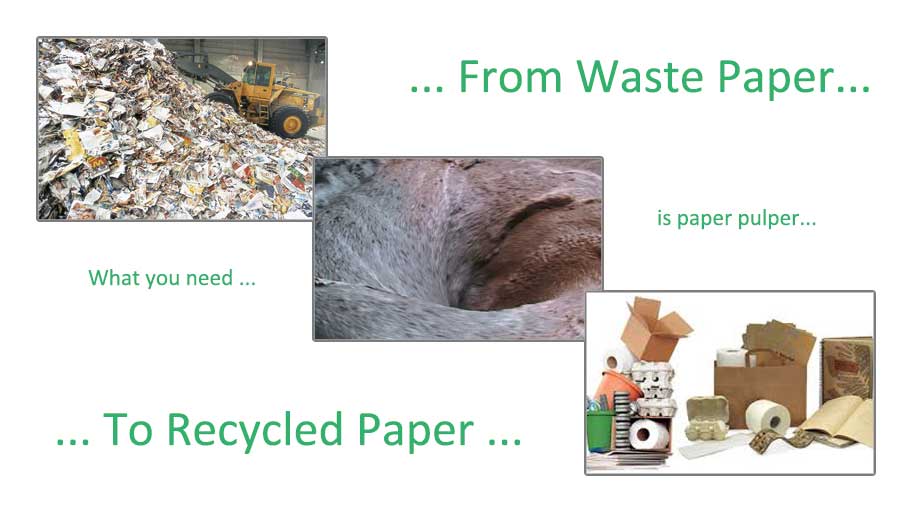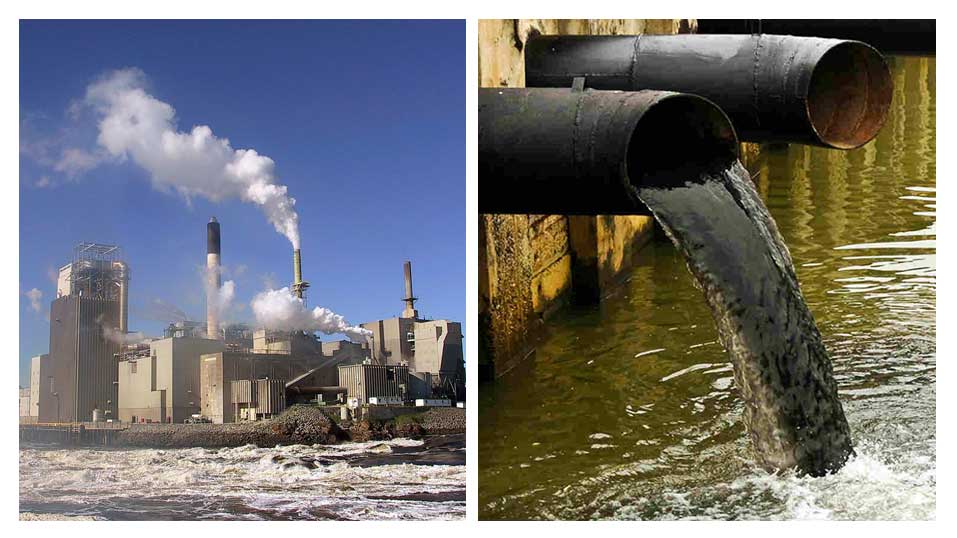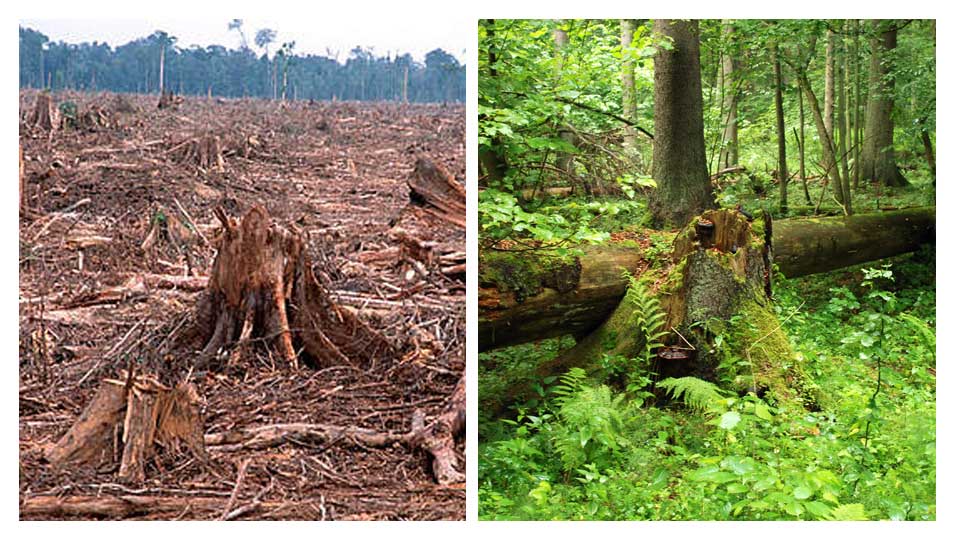Advantages and Disadvantages of Recycled Paper Industry
Recycled paper is a kind of paper raised with the environment protection. Paper recycling is the process of recycling waste paper for getting quality fiber to make new paper and paper products.
Recycled paper industry has a long history. Early waste paper recycling industry does not pay attention to environmental protection, has caused great pollution. It used to be the typical representative of the sunset industry which was eliminated by all countries. However, with the improvement of human science and technology, in the process of paper recycling, the technology solved the pollution problems of waste water treatment and deinking, and the cleaning production is realized nowadays. Hence, recycled paper industry is called the "urban forest" industry now.

Recycled paper industry development
At present, the recycling of waste paper in developed countries in the world has been quite horizontal in terms of scale and production technology. The recycling of waste paper and the integration of forest paper have gradually become the two developing trends of modern paper pulping and paper making industry. About 40% of the fibre raw materials in paper pulping industry is came from waste paper of which the amount and proportion will continue to grow. China is now the world's largest importer and consumer of waste paper. On a global scale, by 2020, the waste paper consumption in the world is expected to be nearly 225,000,000 tons. And it is estimated that by the end of the 21st century, waste paper will account for about 70% of the fibre raw materials used in paper pulping and paper making industry.
At present, all over the world, the countries and regions with the highest recycling rates in turn are Hong Kong, Germany, South Korea, Japan and Taiwan. The recycling rate of waste paper in Hong Kong and Germany was 88.2% and 83% respectively. The countries with the highest waste paper consumption are Mexico, Taiwan and South Korea. Mexican paper is mainly recycled from waste paper. The standardization waste paper, especially American waste paper, European waste paper, Japanese waste paper and other highly packaged products have become international commodities. Recycled paper industry has become an important sub-industry in the paper industry chain of developed countries.
Environmental impact of recycled paper industry
Negative impact of recycled paper industry

Recycled paper industry will have a great negative impact on the environment if it is not actively adopting advanced technology and equipment. The negative impact of recycled paper industry on the environment is mainly reflected in the following two aspects:
-
Waste water treatment
The waste water produced by the paper industry is characterized by wide variety, large amount and high organic pollutants. The waste water comes from the process of pulping and paper making has complex physical properties and multiple organic pollutants which make it one of the most difficult industrial waste water to process. The main pollutants in paper industry waste water include solid pollutants, soluble pollutants, colloidal pollutants, etc.
There are four main pollutants in waste water: SS, CODCr, BOD5 and chromaticity. CODCr, and BOD5 are mainly from lignin and hemicellulose in waste water. Small fibers, inorganic fillers and other materials can form SS. The pollution of recycled paper industry can cause serious environmental problems if it is not treated carefully.
What is difficult to handle in the recycled paper pulping waste water treatment is not solid materials, but the soluble pollutants and colloid pollutants. Their ingredients are: dissolved organic acid, organic and inorganic salt, carbohydrate, soluble content of lignin products, printing ink, chemical additives, soluble constituents, scattered small form a stable colloidal pollutants in waste water etc. With the rapid development of paper making industry, more and more waste water is produced in the paper making process, and the pressure on the environment is increasing. The management of paper making waste water will be necessary for sustainable development. -
Deinking and bleaching
In the production of recycled paper, the waste paper needs to be deinked and bleached. The deinking section of the paper industry will produce a lot of chemical pollutants. Bleaching section is usually adopts chlorine bleaching. Therefore, bleaching effluent contains a large number of chlorinated organic compounds. The chlorine phenol, fatty acid chloride, chloride resin acid toxic and other chlorinated organic compounds is very difficult to deal with. And they are strong poison which can cause multiple cranial nerve lesions.
Positive impact of recycled paper industry

Waste paper recycling has great economic and environmental benefits in reducing pollution, improving the environment, saving primary fiber resources, saving energy and protecting forest resources.Waste paper recycling is an important aspect to realize the sustainable development of paper industry and social sustainable development.It embodies the green economy, circular economy and low carbon economy, the three 21st century actively promoted economic model in the world.
-
Saving raw materials, increasing production
The world's annual timber demand is more than 2 billion m3, and the annual growth rate is above 25%. Producing 1t recycled news paper pulp can save 2m3 lumber than producing 1t ground wood pulp. Producing 1t high whiteness waste paper pulp can save 5m3 lumber than producing 1t bleaching chemical pulp. -
Reducing pollution and protecting the environment
Waste paper recycling features load light water pollution, low water consumption, no waste gas pollution. It can reduce the timber cutting rate and is conducive to ecological balance and environmental protection. -
Saving energy and reducing energy consumption
Producing 1t recycled news paper pulp can save about 75% energy consumption than producing 1t ground wood pulp. Producing 1t high whiteness waste paper pulp can save more than 50% energy consumption than producing 1t bleaching chemical pulp. -
Saving investment and reducing costs
Paper recycling industry requires only 25%-30% of the investment that the ground paper pulping industry need. The investment in waste water treatment facilities is lower for making recycled paper pulp than making original pulp. Waste paper pulp has advantages of low raw material cost, low energy consumption and low investment, and its production cost is lower than the original pulp, too.
Leave messages for quotations and solutions. The average response time is up to 24 hours. Your privacy is protected. Check privacy policy here.
